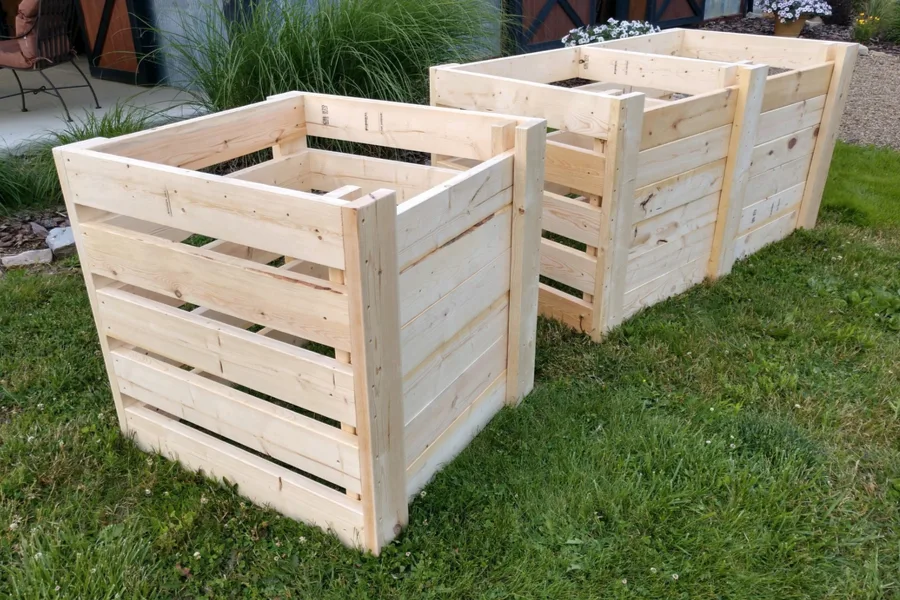One thing is for sure – although all plants can be composted, not everything from a vegetable garden should be thrown into a compost pile. Especially if it is compost you are creating to use in that same garden next year!
Compost is truly the lifeblood of garden. It is teeming with nutrients, beneficial bacteria and life-giving organic matter. All of which work together to recharge and re-energize tired soil.
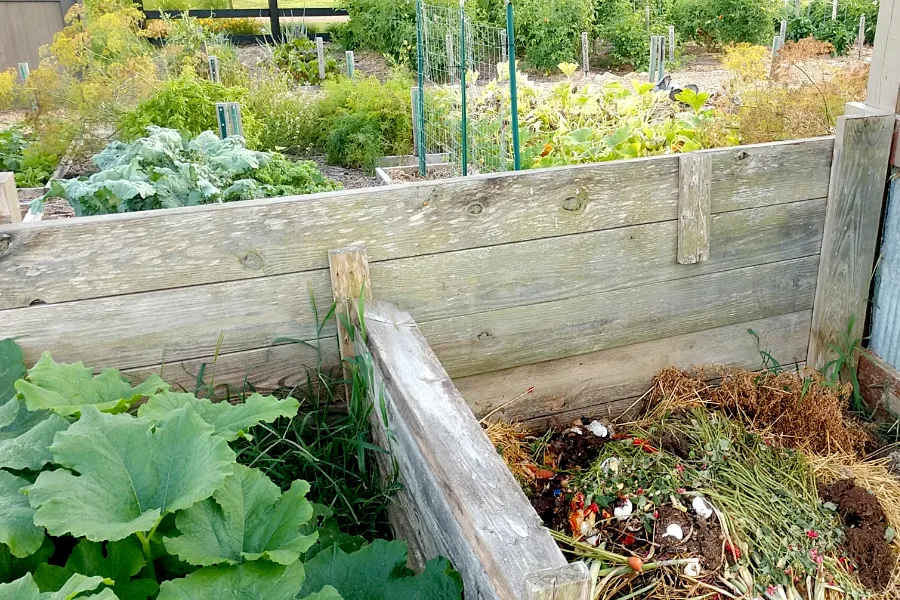
But – and this is a big key – only if the compost if healthy and disease free! And if it’s not? Well, it can actually spread disease, blight, pest problems, all while causing more weeds as well.
That is exactly why what and how you compost is so important. And, why it’s better to leave certain plants and materials out of your compost pile to prevent future issues in your garden.

Here is a look at what garden plants and debris are good to put in your main compost pile, along with what you can do with the materials you should leave out.
What To Compost From The Garden
Make no mistake, there is a lot of materials you can and should compost from your garden. The foliage and stocks of beans, peas, corn, zucchini, cucumbers and nearly all other vegetables are perfect for your pile. (See : How To Compost With A Two Bin Compost System)
But there are a couple of plants we are adamant about leaving out. And for a few very vital reasons.
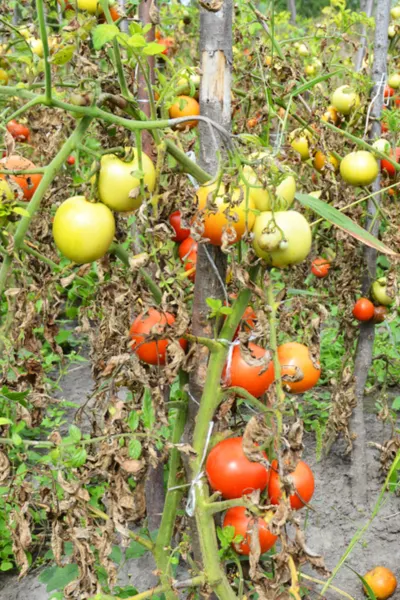
Tomato and pepper plants are two of the most disease-prone vegetable plants in the garden. Whether it’s early blight blight, late blight, mildew or pest issues, these plants from the garden can carry a tremendous amount of problems to a compost pile.
For this very reason, we always leave them out of our main pile. They are simply not worth the trouble they might cause.
The same also goes for any vegetable plants that might show obvious signs of disease. Case in point, we had one cucumber plant that appeared to show signs of blight. And, because of that, it never made our main pile.
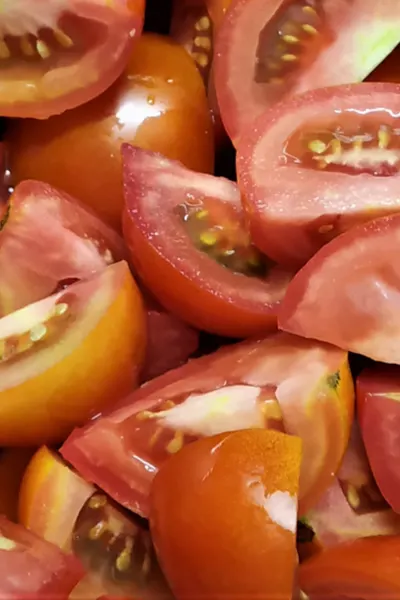
We also do not place the skins and seeds of these two plants in our pile either. There is simply too much risk for passing on disease. In addition, all of those seeds simply become next years sprouts and weeds to pull when re-used in the garden.
Hot Composting To Kill Pathogens
You might ask, doesn’t composting kill the pathogens and weed seeds? The simple truth is that most home compost bins never reach temperatures hot enough to kill seeds or disease from garden plants.
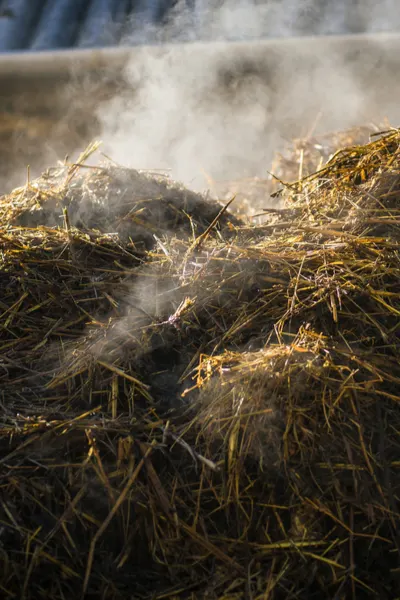
So it is far safer to simply leave these materials out, and keep your compost pile healthy and strong.
So what about weeds? Actually, weed foliage is great for adding to the pile. The plants break down and add valuable nutrients to a compost pile. But only add weeds that do not have a seed head. Or, remove the seed head before adding to the pile.
We even add wood chips to the pile if we happen to have extra from a tree or branches down. You can even get them for free many times from local tree companies in the area. Consult Costa Mesa tree maintenance experts for more info as a great local resource.
What To Do With What You Can’t Compost
So if you shouldn’t be throwing weed seeds, tomato and pepper plants and other problematic materials into your compost pile, what should you do with them?
Well, that is where a non-gardening compost pile is the perfect answer!
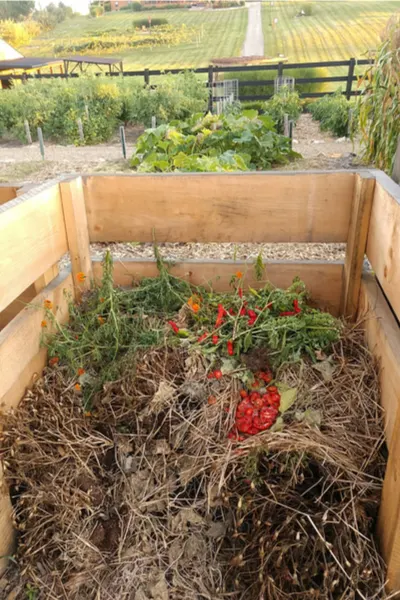
For years, we placed our “non-compostables” on our burn pile at the fire pit to dispose of them. But it just always seemed like such a waste of good organic material.
And so a few years back, we added an extra compost pile to the mix. One we call our “Non-Garden” compost pile.
The Benefits Of A Non-Garden Compost Pile
When we created our simple Single & Double Compost Bin Plans for the website, we were left with an extra single bin. So we decided to use it to compost all of the materials that couldn’t make the main pile.
After all, the compost made from this is still full of nutrients – it just didn’t have a place in our vegetable garden.
We use our secondary compost when planting trees, shrubs and perennials, and to even top-dress our lawn. Not only is it a better choice than burning, it saves tremendously on using our main compost for the garden.
It is just one more way to use everything you have on hand to have a more self-sufficient, organic life. Here is to composting with success – and to keeping you compost pile healthy and strong! Happy Gardening – Jim and Mary.
Jim and Mary Competti have been writing gardening, DIY and recipe articles and books for over 15 years from their 46 acre Ohio farm. The two are frequent speakers on all things gardening and love to travel in their spare time.
As always, feel free to email us at thefarm@owgarden.com with comments, questions, or to simply say hello! You can sign up for our free email list in the subscribe now box in the middle of this article. Follow us on Facebook here : OWG Facebook. This article may contain affiliate links.


